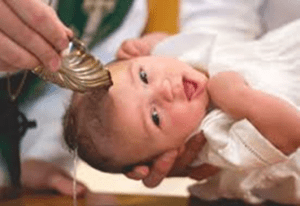On this last Sunday before Christmas, we see that Jesus’ birth is the fulfillment of the promise of Emmanuel, meaning “God is with us.” (Mt 1:23) The gospel refers to the first reading from Isaiah. There we see the king of Judah, Ahaz, is under attack by the kings of Aram and Israel. He wants to ask the Assyrians for help, instead of relying on God. That’s why he says, “I will not tempt the Lord.” (Is 7:12) He is afraid to admit his lack of faith. So, the weakness of Ahaz gives us the wonderful prophecy of the birth of Jesus. Ahaz of course did not understand the full meaning of that prophecy. For him, the prophecy meant the destruction of Judah.
In the gospel, Joseph also does not understand how Mary was pregnant. But unlike Ahaz, Joseph did have faith in God and the message of the angel. He took Mary as his wife and helped her through her pregnancy and afterwards in raising Jesus. His faith in God kept Jesus from being murdered by Herod after the Magi’s visit.
So now we must choose who we rely on: Do we act like Ahaz, relying on worldly powers, or like Joseph who trusted the Lord? We would like to say that we trust in the Lord only. But if we look at our actions and priorities, we might be more like Ahaz than we want to admit.
How much time do we spend watching television (especially now that it’s in HD) compared to time in prayer? How much time do we spend reading the scriptures compared to the newspaper or magazines? How much do we spend on Christmas decorations or gifts for my family, compared to what we give to the Church? If we really believe that “God is with us,” which is what Christmas is all about, how much of God can people see in our actions?
Maybe if we kept in mind that promise that God IS with us, in the Baptism we received and the sacraments of the Church, and the love of our spouse or parents—we could see how close God really is and let others see in our actions, that Jesus is Emmanuel. -Tom Schmidt, Diocesan Publications
 TREASURES FROM OUR TRADITION
TREASURES FROM OUR TRADITION
How many languages do you know? Most Americans might say they have a primary language, can follow the basics of another encountered in school or in the workplace, and maybe know the barest elements of a third. Yet nearly everyone is fluent in languages of symbol and ritual, languages that transcend the spoken word and may perhaps communicate more clearly. A dance, good food, the thrill of sport, the power of a painting, a shared silence on a surf‑washed beach or under a desert sky, a burst of delighted applause, all communicate without a single word.
Sacraments empower fluency in these languages. A little girl returning from Mass where a baby had been baptized was asked to summarize her day thus far. “I went to church, and some little baby became my brother.” That’s far more accurate than the adult’s remark, “There was a baptism at Mass today.” When we celebrate sacraments, Christ is always calling us into deeper fluency with the languages beyond speech. Sacraments open our senses to the presence of God precisely so we can respond to the depth of that love more fully. —Rev. James Field, Diocesan Publications
 SAINT STEPHEN – December 26
SAINT STEPHEN – December 26
“A man filled with faith and the Holy Spirit” (Acts 6:5): thus, Luke introduces Stephen, first of seven deacons chosen by the community for its ministry of charity, first to lay down his life in witness to Christ. As the church’s first martyr, Stephen’s life and death mirror the preaching and passion of Jesus, “the faithful witness” (Greek, martyr) (Revelation 1:5). Like Jesus, Stephen works “great signs and wonders among the people” (Acts 6:8). Like Jesus, when falsely accused, Stephen’s face radiates angelic serenity (Acts 6:15), though his tongue, like Jesus’, is a two-edged sword. As the dying Jesus forgave his executioners, even making excuses for them, then commended his spirit into his Father’s hands (Luke 23:34, 46), so Stephen intercedes for his murderers and begs Jesus to receive his spirit (Acts 7:60, 59). How fruitful both passions! The penitent thief inherits Paradise; Saul, who consented to Stephen’s killing, is transformed into the fearless preacher Paul. Thus, Stephen challenges us to bear witness not in words only, but by Christ-like forgiveness toward all.
—Peter Scagnelli, Diocesan Publications







